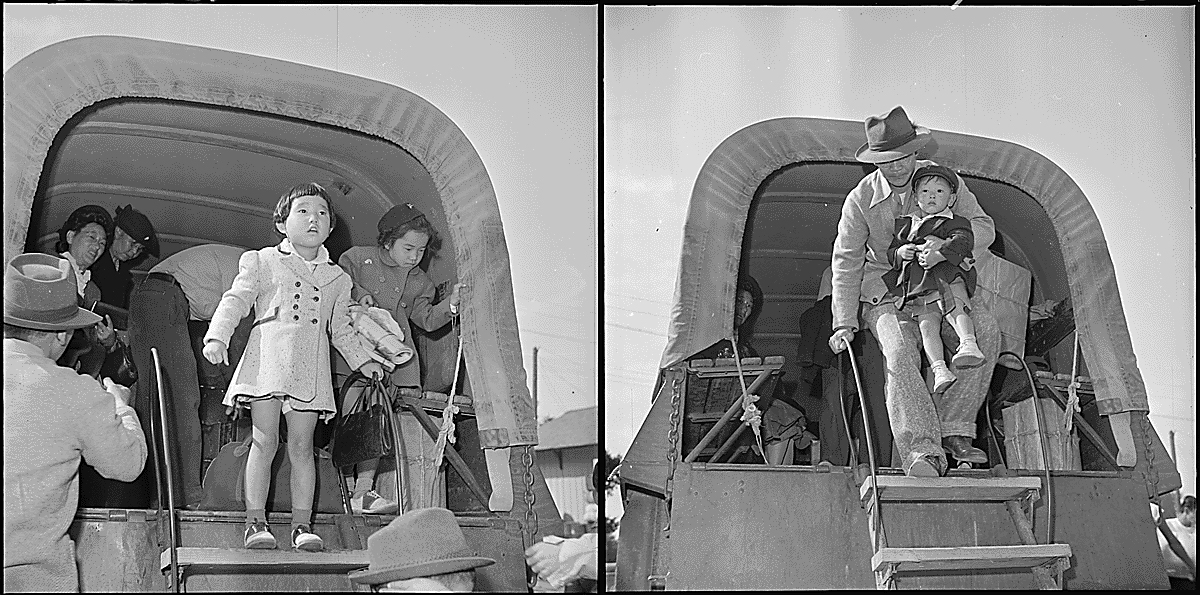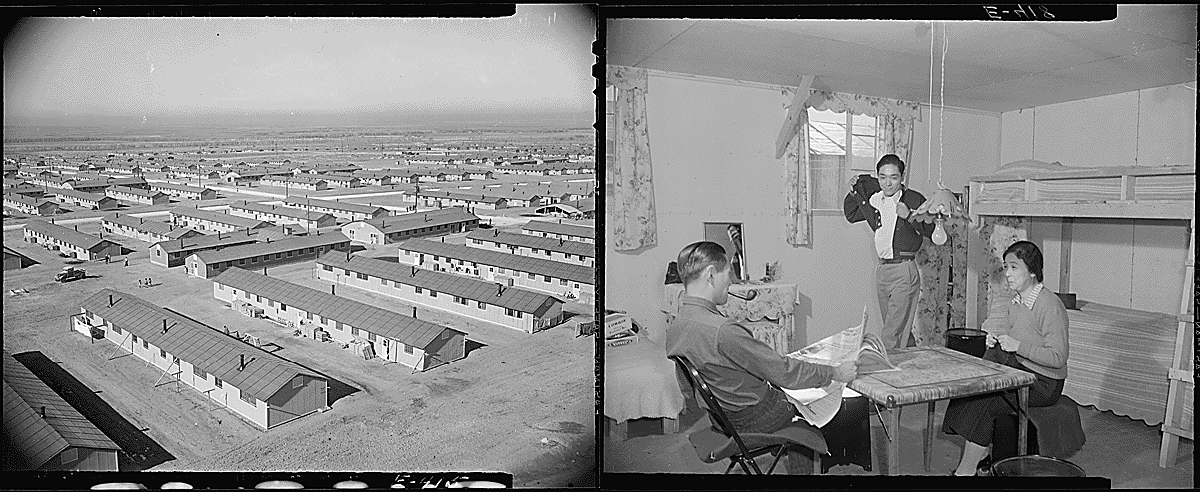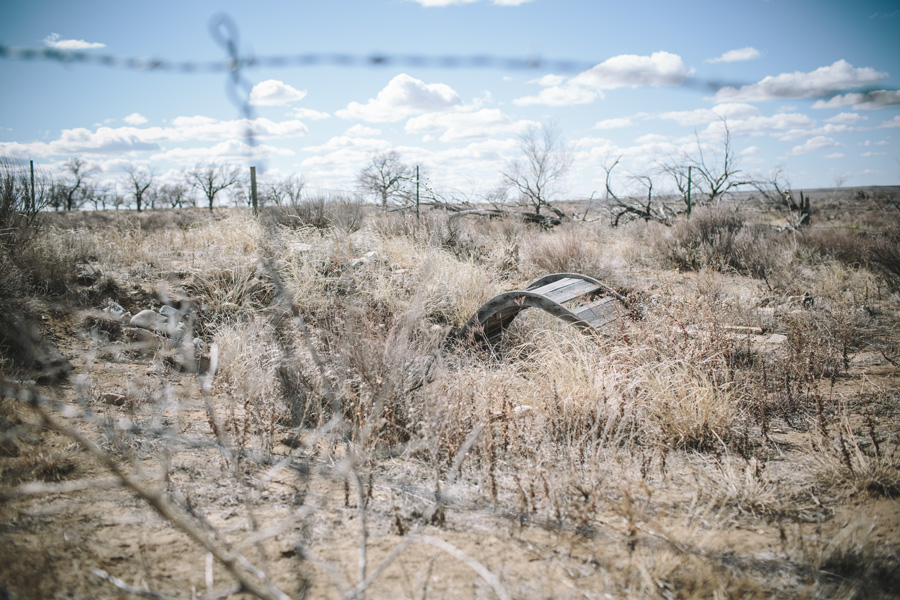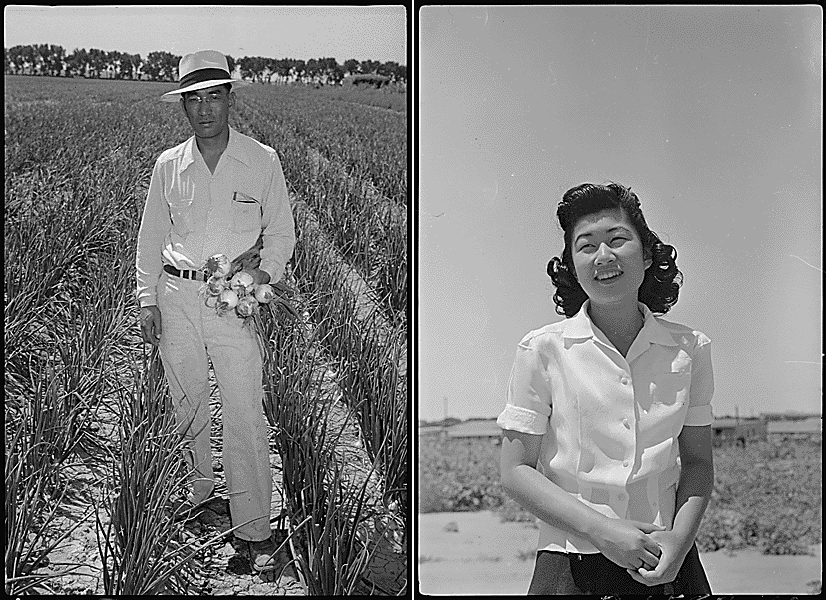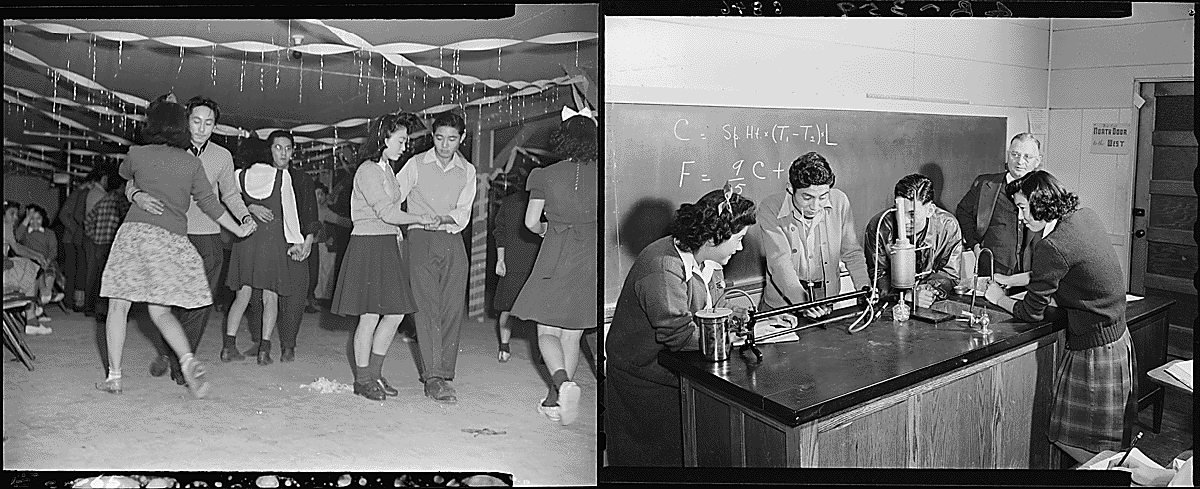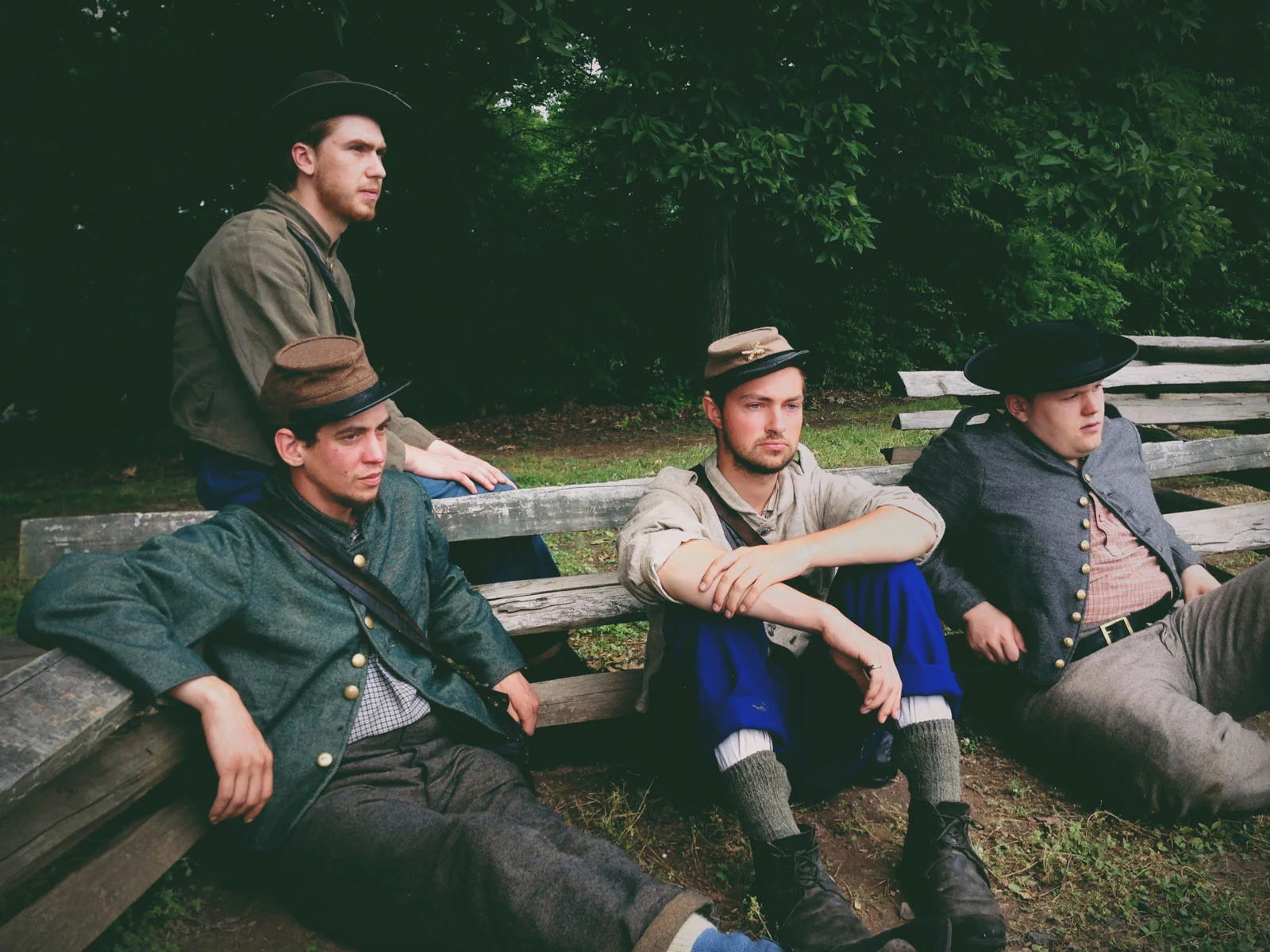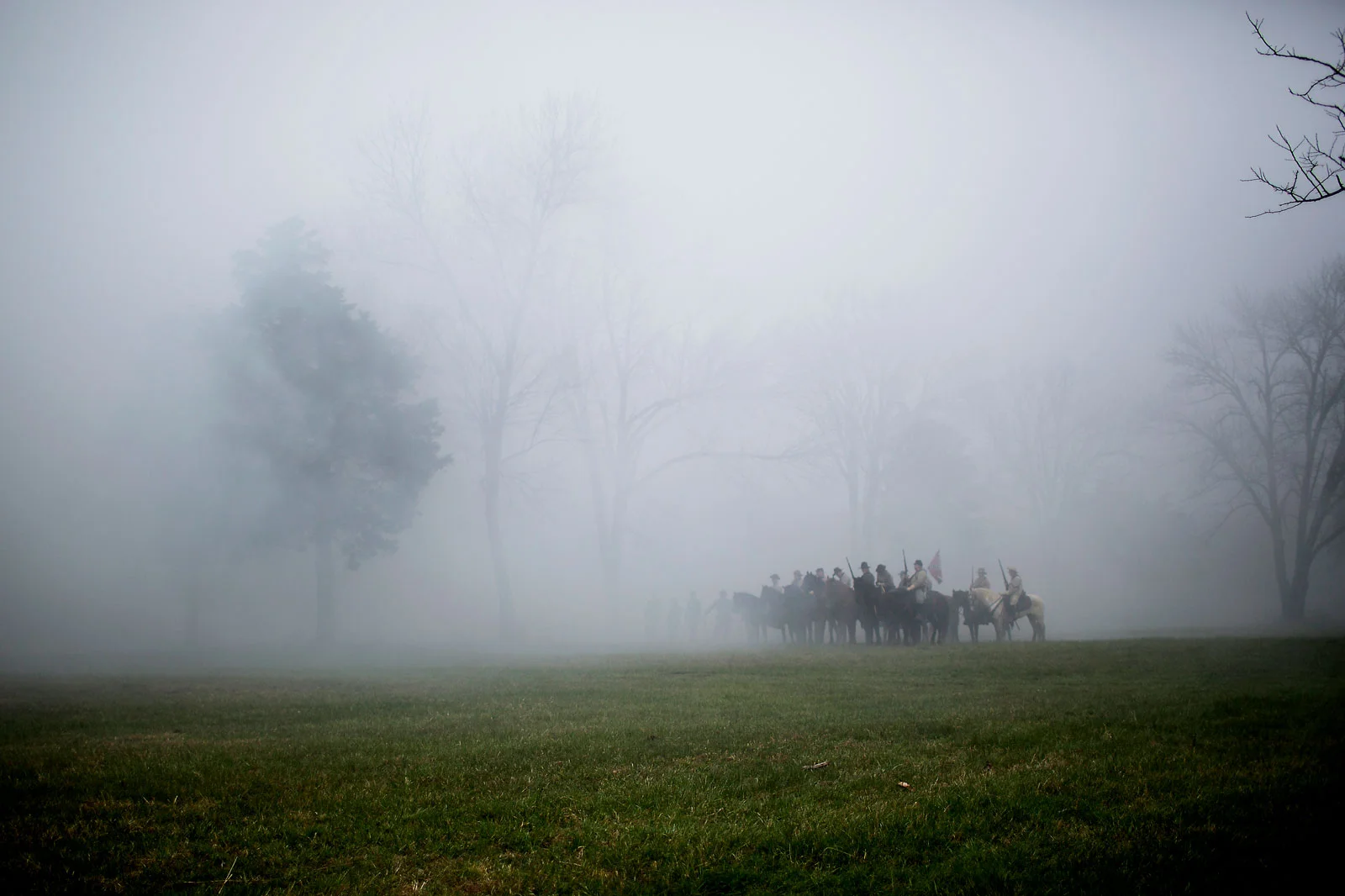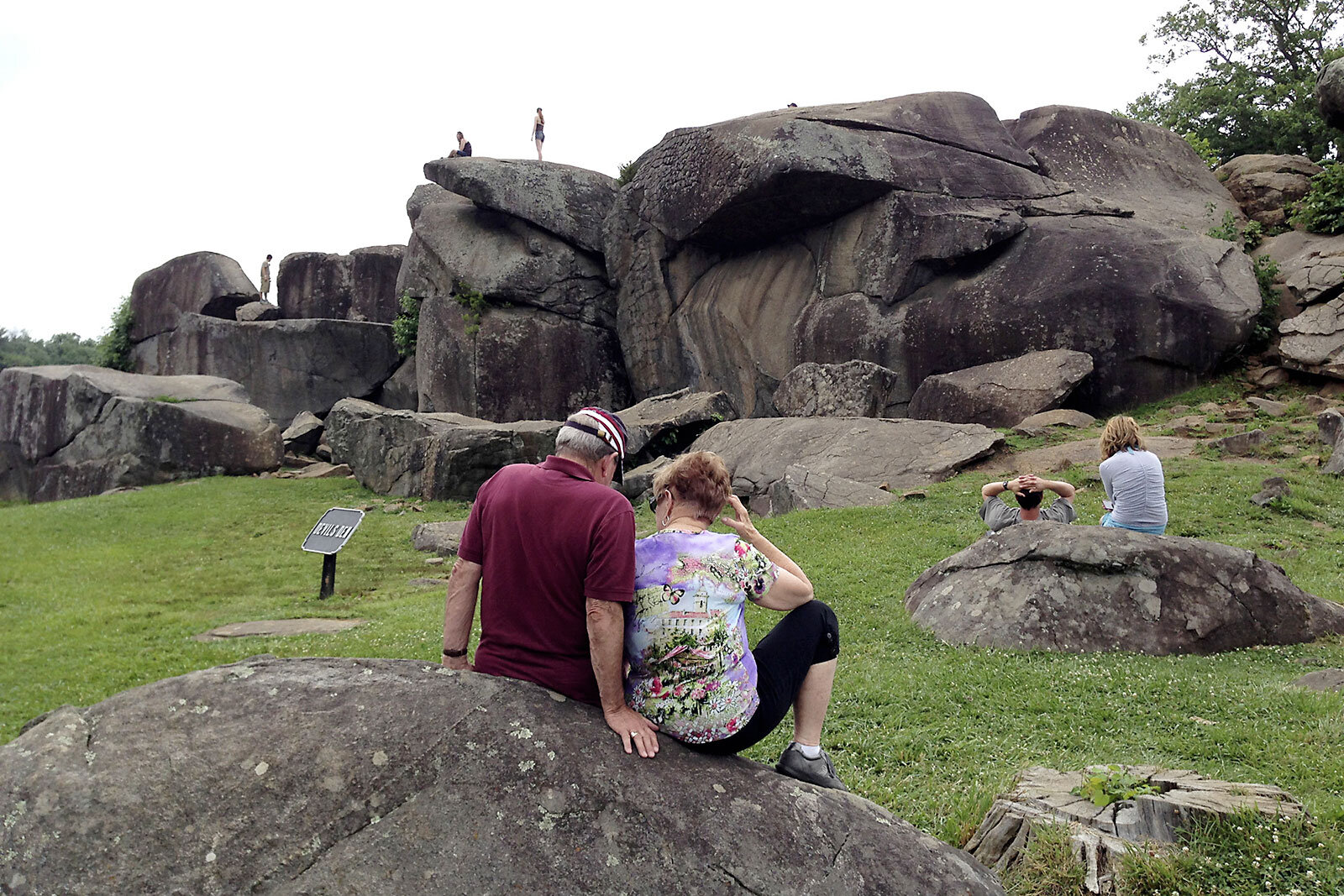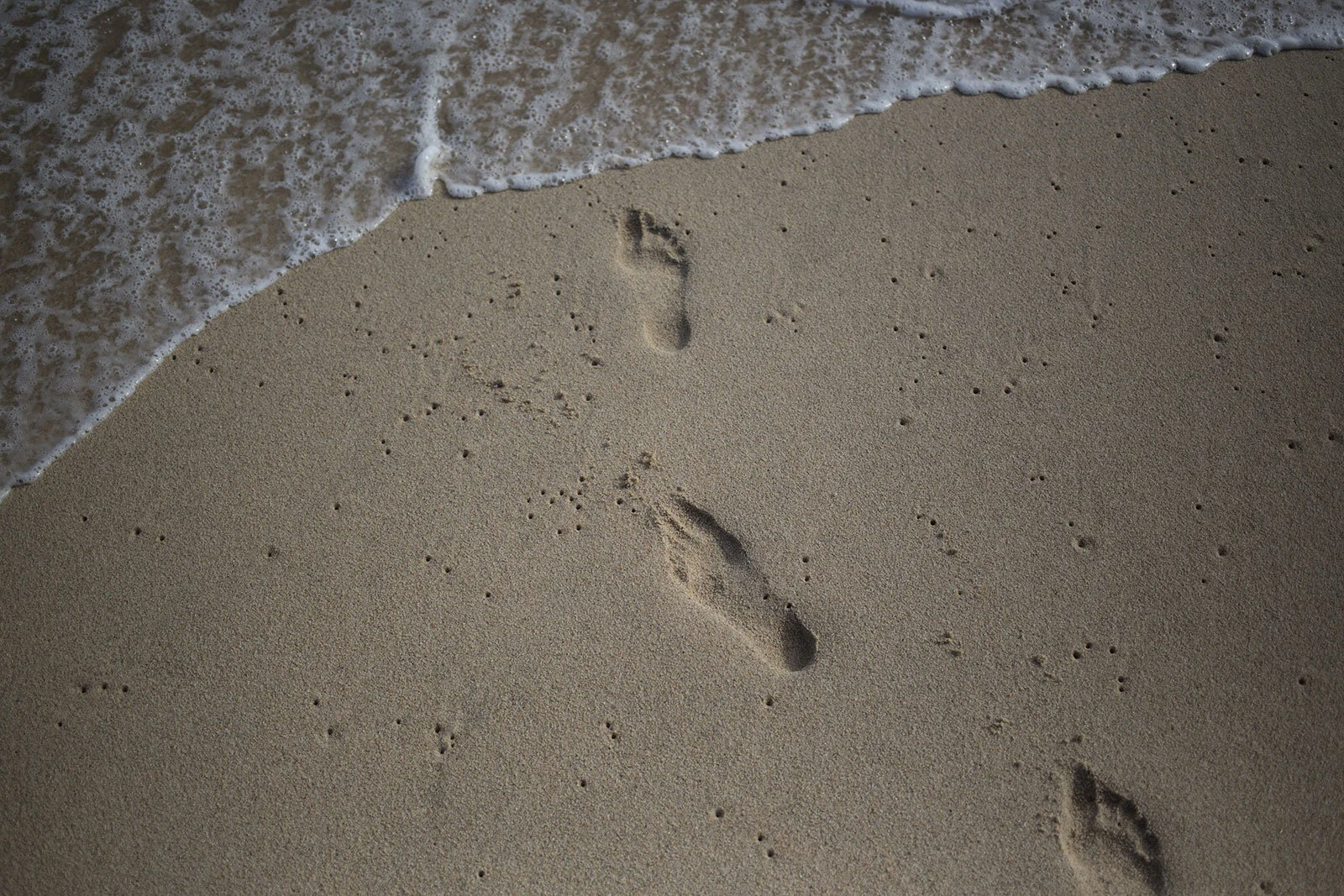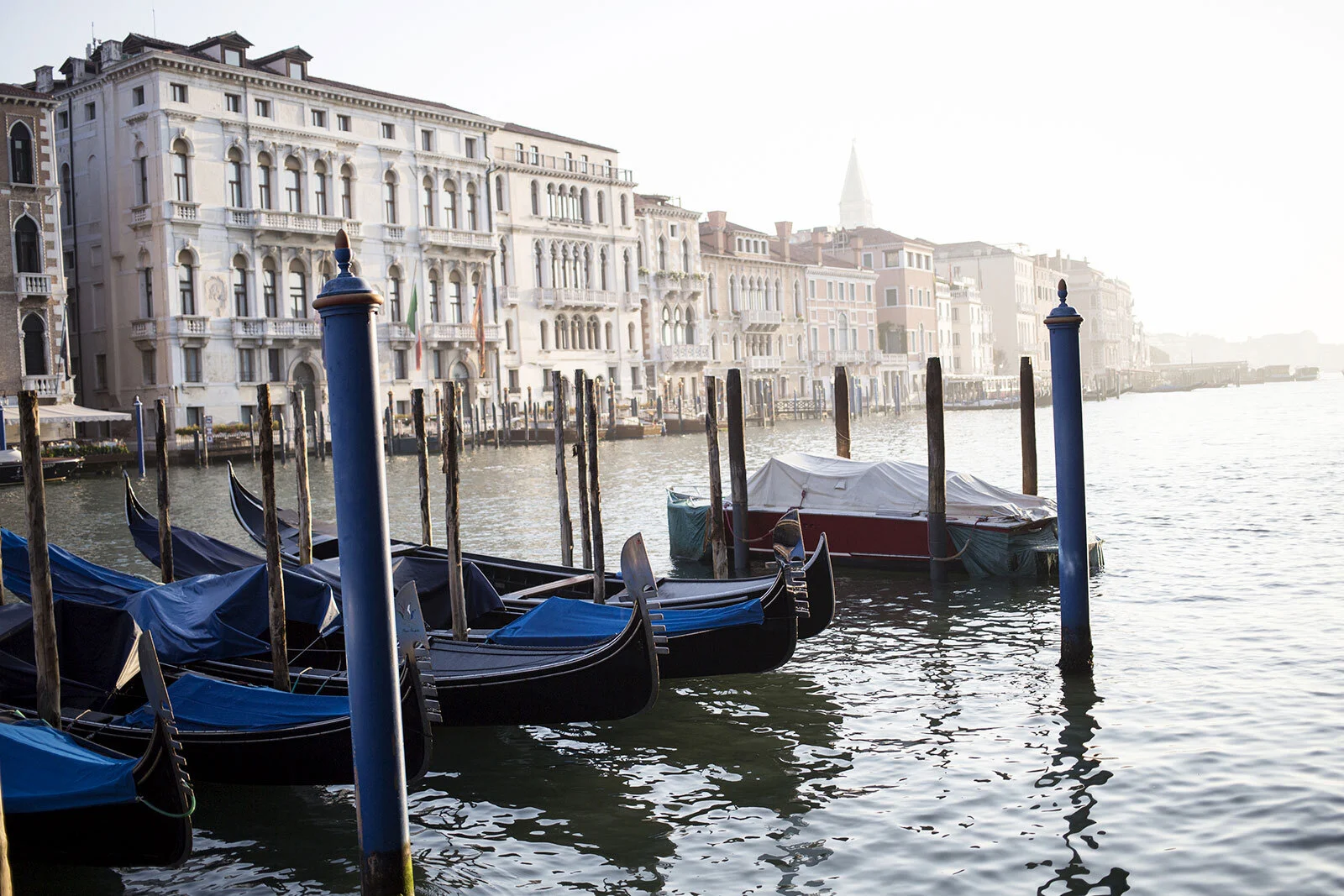Amache
Granada, Colorado
38.057080, -102.329219
Read Time: 5 min 36 sec
The desaturated landscape surrounding the Amache Japanese-American Relocation Center, better known to the world as Camp Amache, reflects a sad texture in American history. Little has changed here in over 70 years as only slabs of the cracked and sun-bleached concrete remain of the barrack-like structures that once stood against the blustery southeastern Colorado weather. If not for a few, this land would further fade from our collective American memory, bleached not by sun, snow or rain but by the creeping passage of time.
A small cemetery dedicated to the Japanese Americans who volunteered to join the fight for Europe in WWII. Nisei, from all the camps who volunteered formed the 442nd Regimental Combat Team and is one of the most highly decorated combat teams in the history of the US Army, nicknamed the ‘Purple Heart Battalion.’ Combat team member Pvt. 1st Class Kiyoshi Muranaga killed in fighting near Suvereto, Italy on June 26, 1944. He was posthumously awarded the Medal of Honor in June 2000.
DECEMBER 7, 1941: The Imperial Japanese Navy attacks and bombs the U.S. Pacific Fleet at Pearl Harbor Oahu, Hawaii.
DECEMBER 8, 1941: The United States declares war on the Empire of Japan, leading entry into World War II.
DECEMBER 11, 1941: The United States declares war on Germany and Italy.
EXECUTIVE ORDER 9066 is signed by President Franklin D. Roosevelt February 19, 1942. Transcript of Executive Order 9066
ONE-HUNDRED & TEN THOUSAND men, woman and children of Japanese heritage living on the US Pacific Coast forced from homes and to walk away from businesses and into “War Relocation Camps.”
TWO-THIRDS OF INTERNEES are in fact, American Citizens.
The War Relocation Authority oversees TEN INTERNMENT CAMPS.
JUNE 29, 1942: Construction begins on the Granada War Relocation Center. It will encompass 16 square miles.
OVER SEVENTY-FIVE HUNDRED ‘relocated’ men, women and children are interred at Camp Amache by mid-October 1942.
OCTOBER 15, 1944: The last internees leave Camp Amache.
The following black and white photographs have been researched through the US National Archives along with their original caption information. The accompanying color photographs were taken on a recent trip to the lands that were once the forced home to the subjects occupying these archived images.
(LEFT) Granada Relocation Center, Amache, Colorado. Two little girls are shown descending from one of the trucks on arrival at the Granada station where they will entrain for the west coast. Scenes at the Atchison, Topeka and Santa Fe railroad depot, Granada, Colorado, as 170 evacuees from the Amache Center entrain for their former homes in California, October 6, 1945. Four special coaches and one Pullman, reserved for the aged, invalids and mothers with small infants, were provided for the returnees. In addition to center departees, passengers on the special coach included servicemen on furlough and other family members, already located, who returned to help relatives pack, then accompanied them back to California. Two more special trains are scheduled for the Amache Center, the last special coaches on October 15, when the remaining residents (about 85) will start westward for Sacramento and nearby points. This will mark the closing date of the Granada Project, the first of the War Relocation Authority centers to be closed.
(RIGHT) Granada Relocation Center, Amache, Colorado. Center residents arrive by truck from Amache to board the trains for California or other sections of the country in which they have decided to relocate. A total of nearly 15,000 evacuees were inducted into the Granada Project, Amache, Colorado, since August 27, 1942, when the first group arrived from the Merced Assembly Center to prepare the camp for those to follow. The Relocation Center, as its name implies, was a temporary residence for those of Japanese ancestry who were transferred from their homes along the west coast under a war emergency measure of 1942. Many of the evacuees during the past three years were able to resettle and find new homes in the Middle West and eastern states. From September 1, 1945, to the closing date of October 15, 3,105 persons have gone back to their former homes or have relocated elsewhere. The last to leave the center a group of 126, left on two special coaches for Sacramento and nearby towns. At the peak of its population, Amache had 7,567 residents. 412 births were recorded and 107 deaths during the three years of its existence.
(LEFT) The remaining shell of what was once a storage facility for the camp co-op store. The crumbling concrete is made worse by the countless deep craters created by pistol and rifle rounds. Many spent shell casings were found within range of the structure.
(RIGHT) Bricks lay scattered along the cracked foundation of Camp Amache High School. The school for interned Japanese American teenagers caused national controversy only when Americans learned of the construction costs: $301,000.00
(LEFT) Panorama of Granada Relocation Center, Amache, Colorado, showing in the foreground a typical barracks unit consisting of 12 six-room apartment barrack buildings, a recreation hall, laundry and bathhouse, and the mess hall, constructed by Army Engineers. The Center is made up of 30 such blocks, complemented by hospital buildings, administrative office buildings, living quarters, general warehouse structures and Military Police quarters.
(RIGHT) December 9, 1942 - Interior view of the Ninomiya family's barracks at the Granada Relocation Center, Camp Amache, southeastern Colorado; shows Tosh Ninomiya at a folding card table reading a newspaper with a pipe in his mouth, Mrs. Ninomiya across the table from him, and another son standing, putting on his jacket. The room includes bunk beds, shelves, a table and stool made from scrap lumber. Floral curtains are at the pane window, and over a dressing table and shelves, striped bedspreads. A decorative shade hangs above a bare bulb on cord from ceiling. A mirror on the dressing table reflects a Japanese mask and the son's hand on his jacket.
Remains of an entryway garden and koi pond at Camp Amache. Entryway gardens were viewed with pride, and the small bridge would have been the centerpiece for the garden that once surrounded it. Smooth stones from the Arkansas River outline the long empty pond.
(LEFT) Little Peggy and Bobby Miyake won’t have a Christmas tree in their barracks room home at the Granada Relocation Center. There just weren’t any trees. But Christmas is still Santa Claus to them, as mother unwraps early gifts, among them, a picture of their father, Bill Miyaki, who is a soldier in the Army of the United States. The family was evacuated from the west coast along with all other persons of Japanese ancestry.
(RIGHT) The youngest of the Kobayashi family, out for an afternoon sunning with a neighbor.
“All ten [Japanese American internment camps] sites can only be called godforsaken. They were in places where nobody lived before and no one has lived since.”
- Roger Daniels, leading authority on the Japanese internment.
A shell of a building (once part of the camp’s co-op) stands in the dense scrub brush near Granada, Colorado.
(LEFT) Henry Inouye, evacuee supervisor of the Granada Relocation Center farm, and a field of onions produced on the center farm.
(RIGHT) Miss Marion Konishi, who made the commencement speech at the Granada Relocation Center High School.
(LEFT) A small structure at the entrance to a trash dump which sits just off the grounds of Camp Amache. This view looks north toward the small rise where the US Government built one of the camp’s guard towers.
(RIGHT) The footprints to one of the camp’s guard towers. The photo looks south, past the small blue structure and to the slight rise where 560 buildings once housed over 7000 Japanese Americans. The guard towers featured a searchlight, heavy machine gun and staffed by U.S. Army Military Police.
(LEFT) Junior High School students at their first social hour, cut loose with a bit of “rug cutting”.
(RIGHT) High school physics class. Harry Williams, the instructor at right.
(LEFT) Trumpet section of the Granada High School Band giving out at a center carnival dance.
(RIGHT) Chief Steward Matsumoto of Block 7-H at the Granada Relocation Center dons some red pajamas and a Santa Claus mask to make Christmas real for the children whose barracks room homes have no Christmas trees. They are the children of persons of Japanese ancestry evacuated from the west coast. The gifts, provided by Churches throughout the United States for the children of the ten relocation centers, are distributed on Christmas Eve.
Using GPS, Google Maps and original blueprints I believe this to be a barrack in Block 8E. As with all but one structure, only the foundation remains, and a row of hand planted landscaping.

